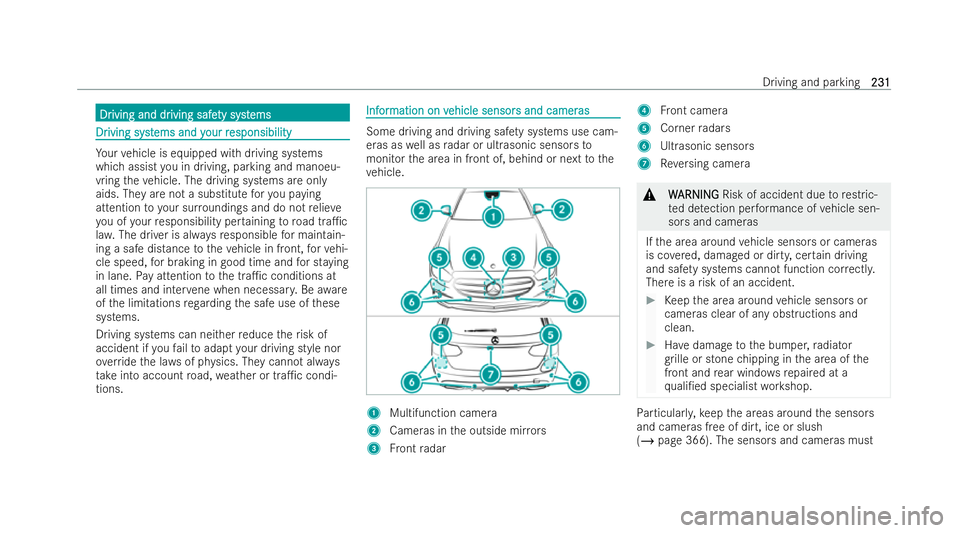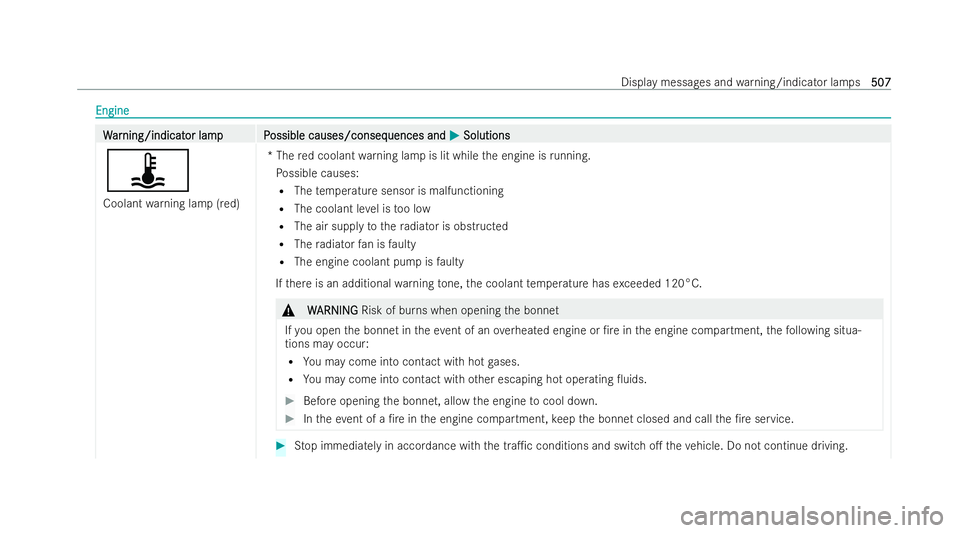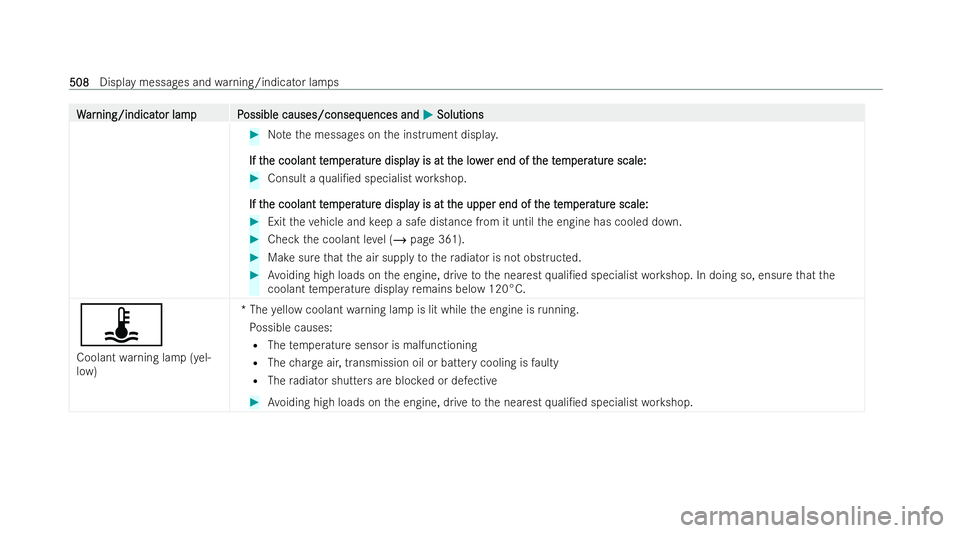Page 234 of 557

Dr
Dr
iving and dr
iving and dr iving safe
iving safety sy
ty syst
stems
ems Dr
Dr
iving syst
iving syst ems and y
ems and y our r
our r esponsibility
esponsibility Yo
ur vehicle is equipped with driving systems
which assist you in driving, parking and manoeu-
vring theve hicle. The driving systems are only
aids. They are not a substitute foryo u paying
attention toyour sur roundings and do not relie ve
yo u of your responsibility per taining toroad tra�1c
la w. The driver is alw aysre sponsible for maintain-
ing a safe distance totheve hicle in front, forve hi-
cle speed, for braking in good time and for st aying
in lane. Pay attention tothe tra�1c conditions at
all times and inter vene when necessar y.Be awa re
of the limitations rega rding the safe use of these
systems.
Driving systems can neither reduce therisk of
accident if youfa ilto adapt your driving style nor
ove rride the la wsof ph ysics. They cannot alw ays
ta ke into account road, weather or tra�1c condi-
tions. Inf Inf
or
ormation on v
mation on v ehicle sensor
ehicle sensor s and camer
s and cameras
as Some driving and driving saf
ety sy stems use cam-
eras as well as radar or ultrasonic sensors to
monitor the area in front of, behind or next tothe
ve hicle. 1
Multifunction camera
2 Cameras in the outside mir rors
3 Front radar 4
Front camera
5 Corner radars
6 Ultrasonic sensors
7 Reversing camera &
W
WARNING
ARNING Risk of accident due torestric-
te d de tection per form ance of vehicle sen-
sors and cameras
If th e area around vehicle senso rsor cameras
is co vered, damaged or dirty, cer tain driving
and saf ety sy stems cannot function co rrectl y.
There is a risk of an accident. #
Keep the area around vehicle senso rsor
cameras clear of any obst ructions and
clean. #
Have damage tothe bumper, radiator
gr ille or stone chipping in the area of the
front and rear wind owsre paired at a
qu ali�/ed specialist workshop. Pa
rticular ly,ke ep the areas around the sensors
and cameras free of dirt, ice or slush
(/ page 366). The sensors and cameras must Driving and parking
231 231
Page 510 of 557

Engine
Engine
W
W
ar
ar ning/indicat
ning/indicat or lampP
or lam pP ossible causes/conseq
ossible causes/consequences and uences andM
MSolutions
Solutions
ÿ
Coolant warning lamp (red) *T
he red coolant warning lamp is lit while the engine is running.
Po ssible causes:
R The temp erature sensor is malfunctioning
R The coolant le vel is too low
R The air supply tothera diator is obstructed
R The radiator fan is faulty
R The engine coolant pump is faulty
If th ere is an additional warning tone, the coolant temp erature has exceeded 120°C. &
W
WARNING
ARNING Risk of burns when opening the bonnet
If yo u open the bonnet in theev ent of an overheated engine or �/re in the engine compartment, thefo llowing situa-
tions may occur:
R You may come into contact with hot gases.
R You may come into contact with other escaping hot operating �0uids. #
Before opening the bonnet, allow the engine tocool down. #
Intheev ent of a �/re in the engine compartment, keep the bonnet closed and call the �/re service. #
Stop immediately in accordance with the tra�1c conditions and switch o�. theve hicle. Do not continue driving. Displ
aymessages and warning/indicator lamps
507
507
Page 511 of 557

W
W
ar
ar ning/indicat
ning/indicat or lampP
or lam pP ossible causes/conseq
ossible causes/consequences and uences andM
MSolutions
Solutions #
Notethe messages on the instrument displa y.
If t
If t he coolant t
he coolant t em
emper
per atur
atur e displa
e displa y is at t
y is at the low
he lower end of t
er end of t he t
he tem
emper
per atur
atur e scale:
e scale: #
Consult a quali�/ed specialist workshop.
If t
If t he coolant t
he coolant t em
emper
per atur
atur e displa
e displa y is at t
y is at the upper end of t
he upper end of t he t
he tem
emper
per atur
atur e scale:
e scale: #
Exit theve hicle and keep a safe distance from it until the engine has cooled down. #
Check the coolant le vel (/ page 361). #
Make sure that the air supply tothera diator is not obstructed. #
Avoiding high loads on the engine, drive tothe nearest quali�/ed specialist workshop. In doing so, ensu rethat the
coolant temp erature display remains below 120°C.
ÿ
Coolant warning lamp (yel-
low) *T
he yellow coolant warning lamp is lit while the engine is running.
Po ssible causes:
R The temp erature sensor is malfunctioning
R The charge air, transmission oil or battery cooling is faulty
R The radiator shutters are bloc ked or defective #
Avoiding high loads on the engine, drive tothe nearest quali�/ed specialist workshop. 508
508
Displ
aymessages and warning/indicator lamps